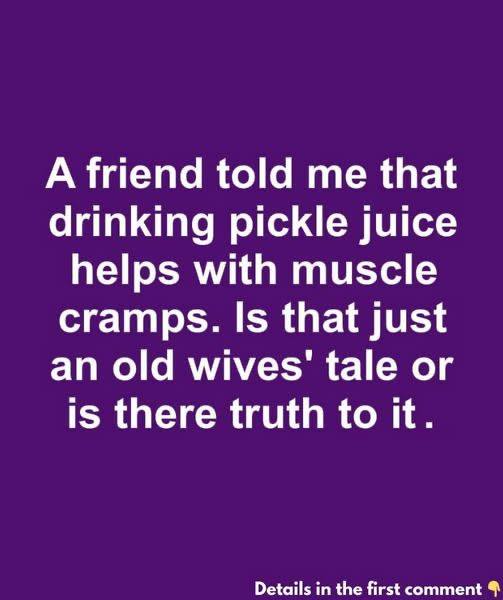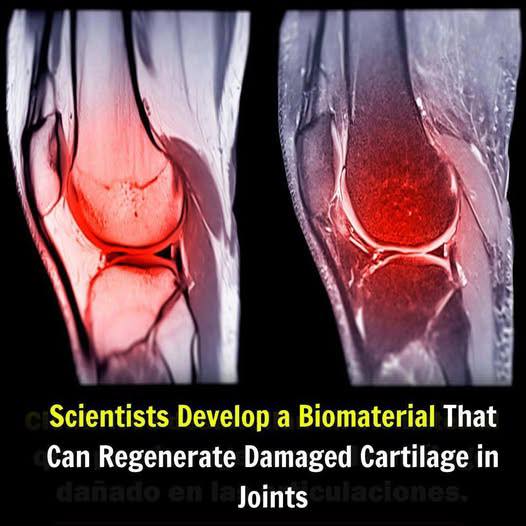Can Pickle Juice Really Cure Muscle Cramps?
Anyone who has ever been jolted awake by a painful leg cramp or sidelined during a workout by a sudden muscle spasm knows how desperate you can feel for quick relief. Muscle cramps are incredibly common, and they can strike for a variety of reasons: dehydration, overuse of a muscle, fatigue, nerve irritation, or simply an imbalance of electrolytes like sodium, potassium, calcium, and magnesium. Traditional remedies range from stretching and massage to eating bananas or drinking sports drinks. But in recent years, an unlikely solution has surged in popularity among athletes and fitness enthusiasts: pickle juice. The question is, does it really work—or is it just another quirky home remedy?
Why Pickle Juice Works
At first glance, pickle juice doesn’t seem like an obvious cramp cure. After all, it’s essentially water, vinegar, and salt with some spices thrown in. Many people assumed it worked by replenishing electrolytes, much like a sports drink. But here’s the surprising part: studies suggest that the relief happens too quickly for electrolytes to be the main factor. When athletes report their cramps easing within 30 to 90 seconds, it’s simply not enough time for sodium or potassium to enter the bloodstream and correct an imbalance.
Instead, researchers believe the secret lies in the vinegar content. The sharp, acidic taste of pickle juice appears to stimulate receptors in the mouth, esophagus, and throat. This stimulation sends signals to the nervous system that effectively override or interrupt the misfiring nerve messages that trigger a cramp. In other words, pickle juice doesn’t fix the underlying cause, but it temporarily “short-circuits” the nerves that are causing the muscle to seize up.
How to Use It
For those who want to give it a try, the method is simple. At the very first sign of a cramp, drink 2 to 3 ounces (a few sips) of pickle juice straight from the jar. Relief often comes within half a minute to a couple of minutes. The taste is undeniably strong—salty, sour, and tangy—but for many people, the almost immediate effect is worth the puckered lips.
Of course, moderation matters. Pickle juice is very high in sodium, and overdoing it could cause more harm than good, especially for people with high blood pressure or kidney concerns. It’s best thought of as a quick fix, not something to drink in large amounts or on a daily basis.
Who It Helps Most
Pickle juice seems to be especially helpful for athletes who are prone to exercise-induced cramps, whether during endurance events or intense training sessions. It may also benefit people who frequently deal with nighttime leg cramps, which can be common in older adults. For individuals who have naturally lower sodium levels, the extra salt could provide a minor added benefit.
However, it isn’t for everyone. People with acid reflux might find that the vinegar worsens their symptoms, and anyone advised to follow a low-sodium diet should be cautious.
Other Helpful Remedies
While pickle juice has earned its place as a fast-acting trick, it should never replace the basics of cramp prevention. Staying well hydrated throughout the day remains one of the best defenses. A diet rich in potassium (from foods like bananas, sweet potatoes, and spinach) and magnesium (found in nuts, seeds, and whole grains) can also make a big difference. Gentle stretching before bed or after workouts helps keep muscles limber, reducing the chances of them tightening unexpectedly. For some people, magnesium supplements or tonic water with quinine may also provide relief.
The Bottom Line
Pickle juice isn’t magic, but the science suggests it does provide genuine, fast relief for many people by interrupting the nerve signals behind muscle cramps. It doesn’t cure the root problem and won’t replace lost electrolytes the way sports drinks or a balanced meal can. Still, for athletes, weekend warriors, or anyone plagued by painful cramps, it’s a quirky, inexpensive, and surprisingly effective option worth keeping in the fridge. Just remember: like most remedies, it works best when paired with healthy habits that address the real causes of muscle cramps.



